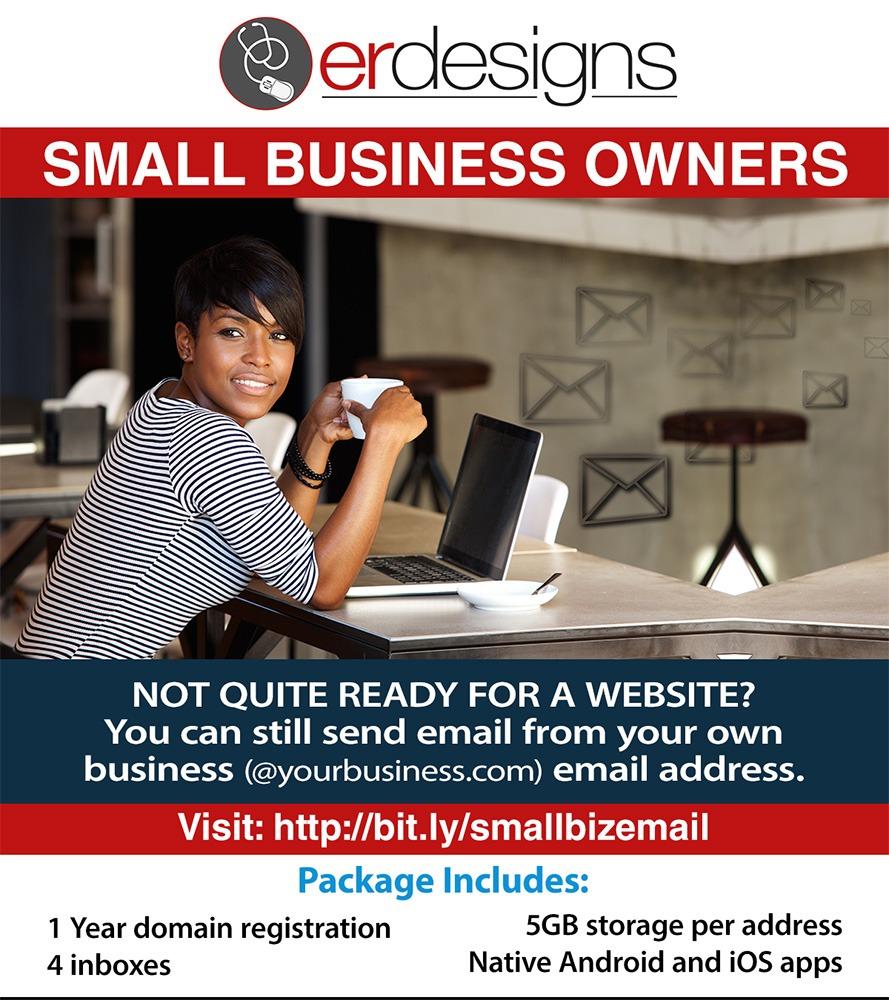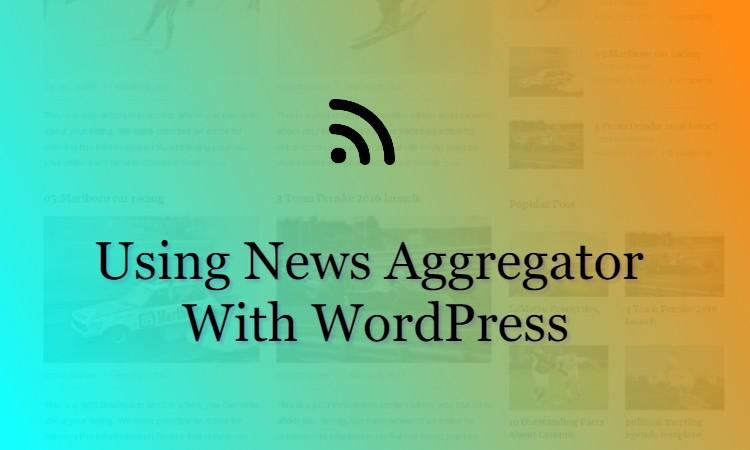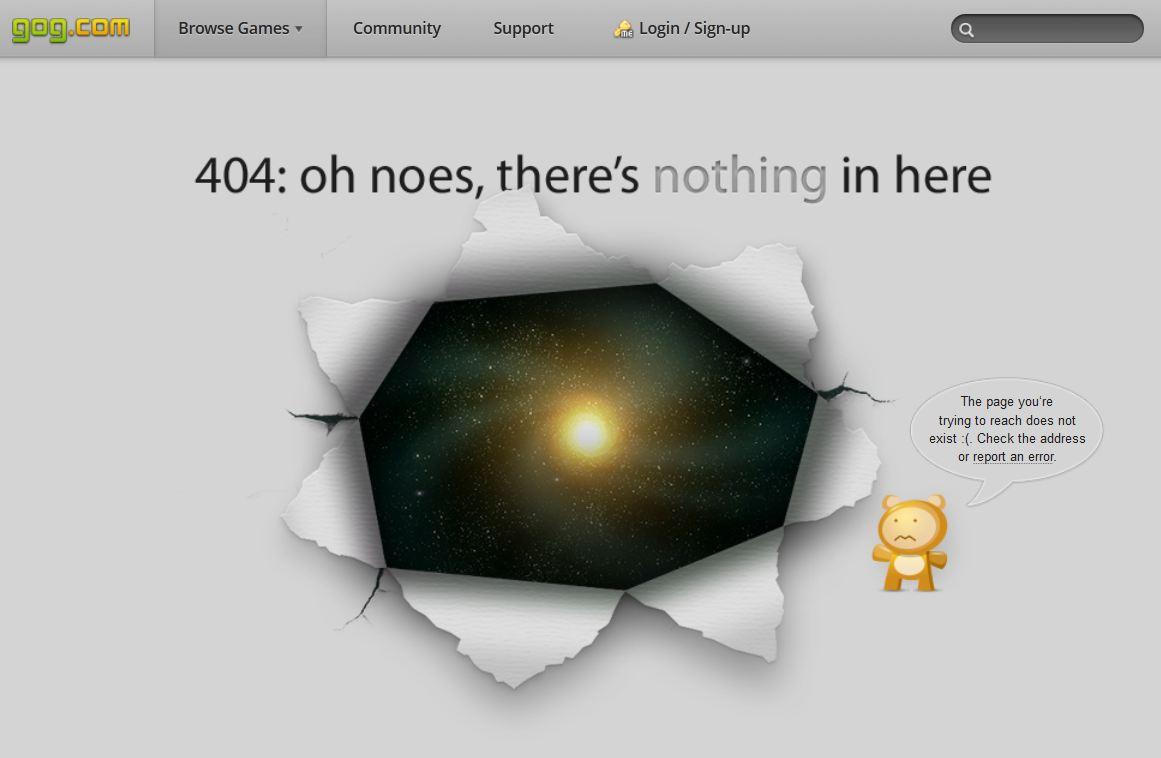Are you a WordPress agency looking to boost your client outreach and skyrocket your leads? If so,you’re not alone in your quest for effective strategies! In today’s digital landscape,connecting with website owners is essential for growing your business,but the challenge often lies in finding the right contact information.Enter the world of lead generation! In this article, we’ll dive into the art of discovering website owners’ emails, giving you actionable tips and insights to streamline your outreach efforts. Whether you’re a seasoned pro or just starting out, you’ll learn how to navigate the sometimes murky waters of email finding to build valuable relationships that can transform your agency. so, let’s roll up our sleeves and get ready to unlock the potential of targeted outreach!
Understanding the Importance of Email Outreach for WordPress agencies
Email outreach has emerged as a cornerstone strategy for WordPress agencies looking to boost their lead generation efforts. In a landscape where digital interactions are more vital than ever, establishing direct dialog with potential clients can set agencies apart from the competition.Here’s why mastering this technique can yield remarkable results.
First and foremost, targeted outreach allows agencies to connect directly with website owners who are actively seeking solutions. By identifying the right prospects and crafting personalized messages, agencies can demonstrate a genuine understanding of their needs. This tailored approach not only increases engagement rates but also builds trust, laying a solid foundation for future collaborations.
Additionally, email outreach enables agencies to showcase their expertise effectively. By sharing relevant case studies,testimonials,or even free resources,agencies can position themselves as thought leaders in the WordPress space. This strategy not only highlights their skills but also provides value to the recipient, enhancing the likelihood of a positive response.
Furthermore, maintaining a consistent email outreach campaign can help agencies stay top-of-mind for potential clients.Regular follow-ups and updates can establish a long-term relationship, nurturing leads until they are ready to convert. Consider segmenting your outreach lists to tailor your messaging even further, which can considerably boost engagement and response rates.
To maximize the effectiveness of your outreach efforts, consider the following best practices:
- Personalization: Address recipients by name and reference their specific business needs.
- Clear Call to Action: Make it easy for recipients to understand what the next steps are.
- Follow-Up Strategy: Don’t hesitate to send reminder emails to those who haven’t responded.
email outreach is not just about sending messages; it’s about fostering relationships and providing genuine value. By honing this skill, WordPress agencies can significantly enhance their lead generation efforts and ultimately drive growth.
Identifying Your Target Audience: Who Are the Website Owners
When embarking on a journey to connect with website owners,understanding who they are is paramount. These individuals or entities can vary widely,but they share a common goal: to enhance their online presence and achieve specific objectives through their websites. Identifying these owners will not only help you tailor your outreach but also improve your chances of building lasting relationships.
website owners can generally be categorized into several key groups:
- Small Business Owners: Frequently enough seeking to establish or improve their online storefront, these individuals typically look for solutions that can enhance their visibility and drive sales.
- Bloggers and Content Creators: Passionate about their niches, these owners prioritize engagement and community building. They often seek tools to streamline their content creation and marketing efforts.
- E-commerce Entrepreneurs: Focused on online sales,these website owners require complete solutions that optimize user experience and facilitate transactions seamlessly.
- Non-Profit Organizations: Aiming to raise awareness and donations, they often need assistance with website functionality that supports their mission-driven activities.
- Freelancers and Consultants: Looking to showcase their services, they need personal branding strategies and effective portfolios to attract clients.
Understanding the motivations behind their website endeavors can significantly refine your outreach strategy. Here’s a speedy comparison of the primary needs of these groups:
| Group | Primary Needs |
|---|---|
| Small Business Owners | Visibility, customer acquisition |
| Bloggers | Engagement, content management |
| E-commerce | User experience, sales optimization |
| Non-Profits | Audience engagement, donation facilitation |
| Freelancers | Portfolio presentation, lead generation |
Once you clearly understand the types of website owners you’re targeting, you can customize your outreach and messaging accordingly. Each group has different pain points and aspirations, so it’s essential to speak their language. Whether you’re offering services, products, or insights, aligning your value proposition with their specific needs will make your outreach more effective.
Ultimately, the key to accomplished outreach lies not only in understanding who the website owners are but also in recognizing how your solutions can help them thrive in their respective online ventures. By positioning yourself as a partner in their journey rather than just a vendor, you’ll foster relationships that go beyond mere transactions.
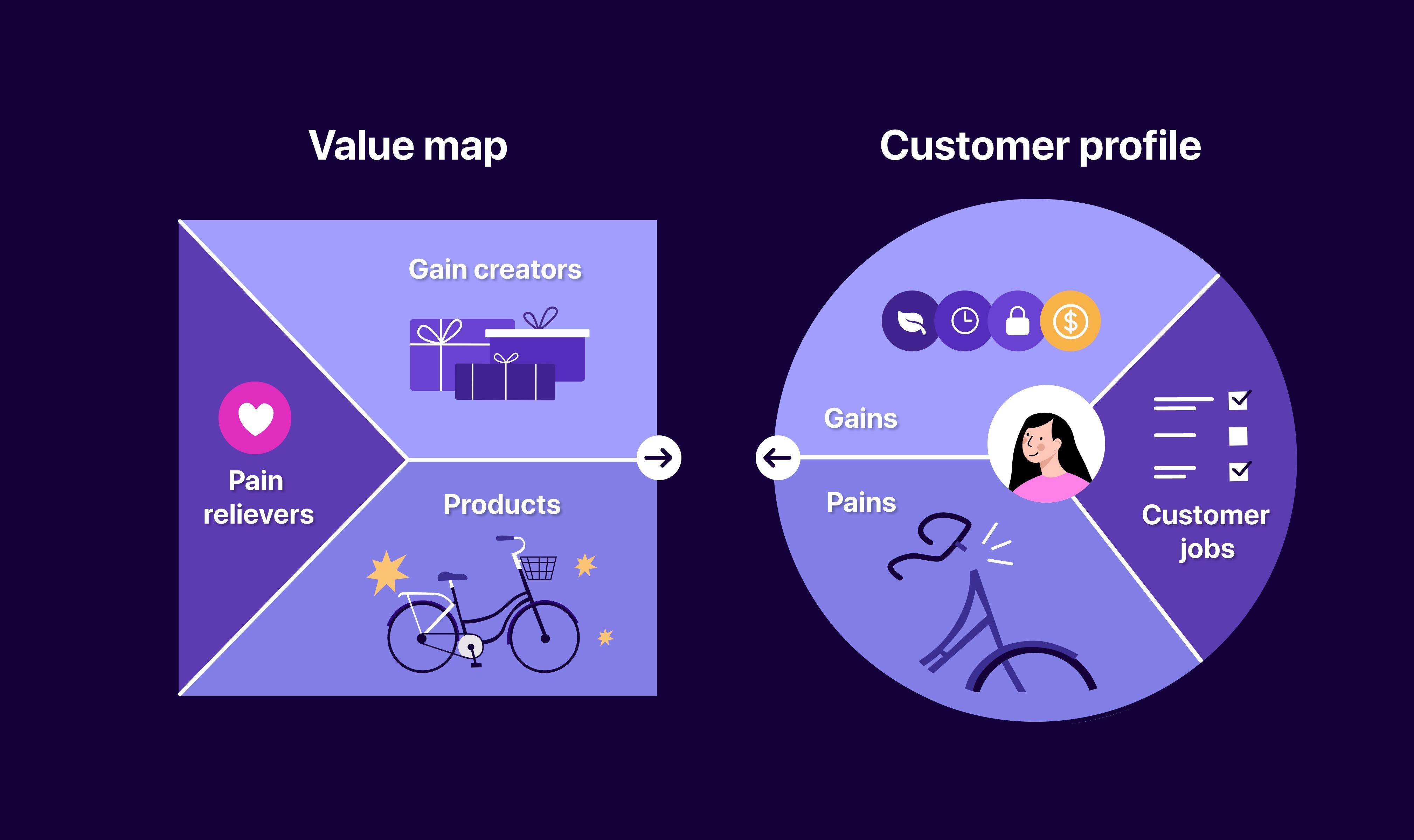
crafting a Compelling Value Proposition for Your Outreach Strategy
To capture the attention of website owners, your value proposition must be crystal clear and compelling.It’s not enough to simply state what you do; you need to articulate the specific benefits they will experience if they choose to engage with your services. Consider these key elements when crafting your value proposition:
- Specific Benefits: Highlight what sets you apart from the competition.Are you offering faster load times, improved user experience, or higher conversion rates? Make these benefits clear and relatable.
- Target Pain Points: Identify the common challenges website owners face, such as low traffic or poor design, and position your services as effective solutions to these issues.
- Social Proof: Use testimonials or case studies that demonstrate how your services have positively impacted other clients. This builds trust and credibility.
Your outreach strategy should also emphasize the direct advantages for the website owner.As an example, if your services can lead to increased revenue or enhanced online presence, make sure to quantify these benefits. A well-crafted value proposition answers the important question: “What’s in it for me?” Highlight how your services can:
- Boost their website’s visibility in search engines
- Enhance user engagement and retention
- Drive more leads and conversions
Additionally, consider employing persuasive language that appeals to the emotions of your audience. Use phrases that evoke a sense of urgency or exclusivity, such as “limited-time offer” or “unlock your website’s potential“. This encourages website owners to act quickly and consider your services seriously.
Lastly, don’t underestimate the power of a strong call to action (CTA).your CTA should be clear and direct, prompting website owners to take the next step, whether it’s scheduling a consultation, signing up for a newsletter, or requesting a free audit. A well-placed CTA can significantly increase conversion rates and lead to fruitful interactions.

Effective Tools and Techniques for Finding Website Owners’ Emails
Finding the email addresses of website owners can sometimes feel like searching for a needle in a haystack, but with the right tools and techniques, it becomes a straightforward task. Start by leveraging WHOIS lookup services. These are invaluable for retrieving the contact information of domain registrants. Many registrars still display email addresses in their WHOIS records, making it an excellent first step in your outreach efforts.
Another effective method is to use email finder tools. Platforms like Hunter.io, Snov.io, or VoilaNorbert can definitely help you discover email addresses associated with specific domains. With intuitive search functions, you can not only find emails but also verify their accuracy, ensuring your outreach is more efficient. Remember to use filters effectively to narrow down your search results.
In addition to automated tools, don’t underestimate the power of social media. Websites such as LinkedIn offer a rich database of professionals. By connecting with website owners or their teams on LinkedIn, you can either directly message them or uncover contact information they may list on their profiles. Engaging with their content and building rapport before asking for an email can significantly improve your response rate.
Moreover, consider implementing a content-based approach. Create high-value content that addresses the challenges faced by your potential clients. By sharing this content through blog posts, newsletters, or even social media, you can attract website owners to your platform. Once they engage with your content, reaching out for their email becomes a much more natural transition.
always respect privacy and compliance regulations, such as GDPR, when collecting email addresses. Keeping your outreach ethical not only builds trust but also enhances your brand reputation in the long run.Here’s a quick reference table summarizing these techniques:
| technique | Description | Example Tools |
|---|---|---|
| WHOIS Lookup | Retrieve domain registrant contact information. | Whois.net, ICANN WHOIS |
| Email finder Tools | Discover and verify emails linked to domains. | hunter.io, Snov.io |
| social Media Outreach | Connect with website owners on platforms. | LinkedIn, Twitter |
| Content Marketing | Create value-driven content to attract leads. | Blogs, E-books |
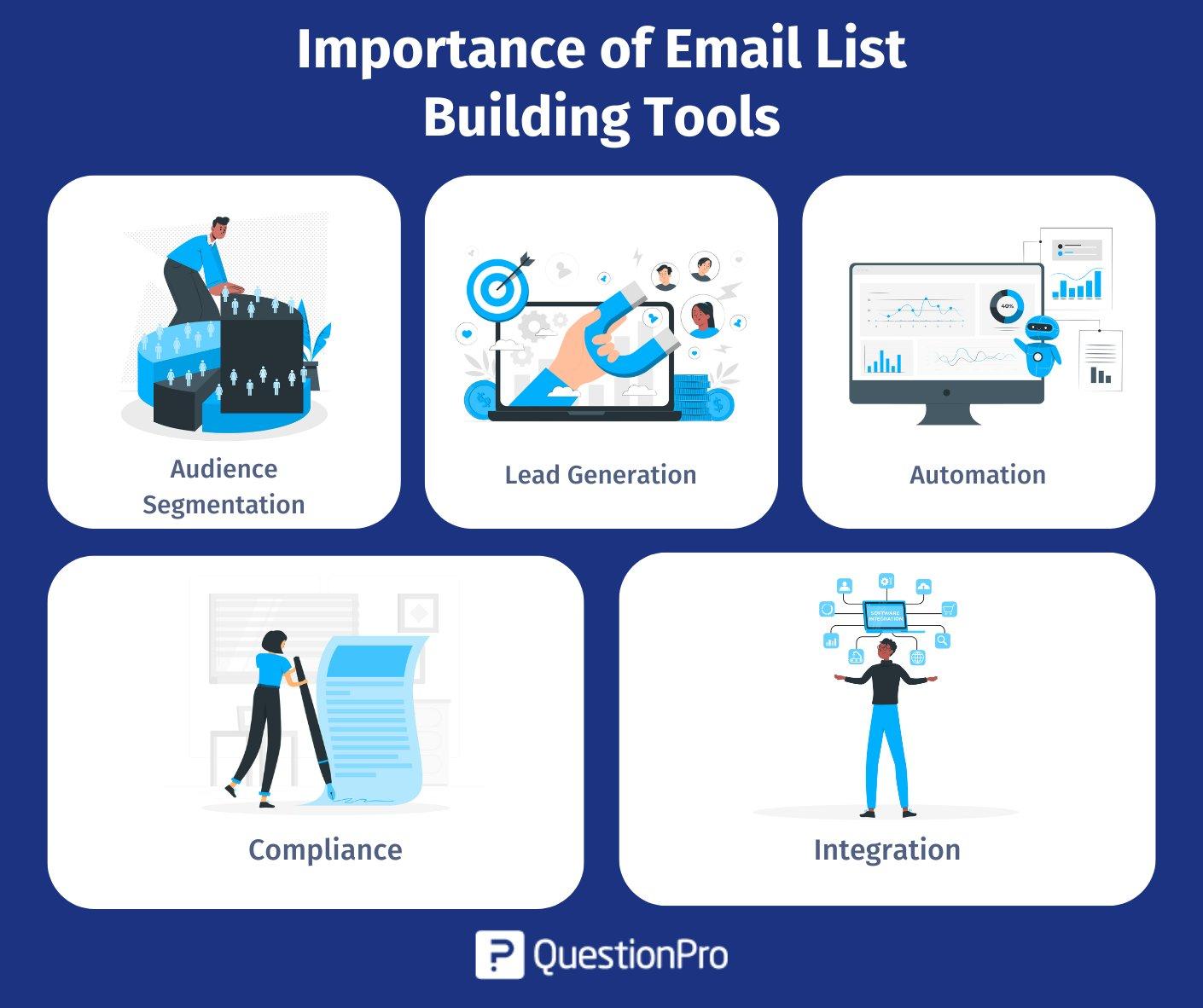
Building a High-Quality Email List: Best Practices and Tips
Building a high-quality email list is essential for any WordPress agency aiming to enhance its outreach efforts. Start by identifying your target audience—this could be local business owners, bloggers, or e-commerce entrepreneurs. Understanding who you wont to connect with will help you tailor your email collection strategies effectively.
Utilize your website to capture emails. Consider implementing the following strategies:
- Lead Magnets: Offer valuable resources like eBooks, guides, or free consultations in exchange for email addresses.
- pop-Ups: Use timed or exit-intent pop-ups to prompt visitors to subscribe to your newsletter for exclusive content.
- Contact Forms: Ensure that your contact page includes an option for visitors to receive updates and offers.
Next, optimize your content marketing to attract potential leads. Publish insightful articles,case studies,or how-to guides related to WordPress growth. By providing value, you encourage readers to subscribe for more content. Make sure to include calls-to-action (CTAs) at the end of your posts, inviting readers to join your email list for additional resources.
Another effective approach is leveraging social media to drive traffic to your email signup form. Share snippets of valuable content along with links to your signup page on platforms like Facebook, Twitter, and linkedin. Engage with your audience by responding to comments and messages, fostering a community around your brand.
consider utilizing a clean and organized system to manage your email list. Use platforms like Mailchimp or convertkit, which offer user-amiable interfaces and powerful segmentation tools. This allows you to tailor your messages based on the interests and behaviors of your subscribers, increasing engagement rates. Below is a simple table showcasing some of the key email marketing platforms:
| Platform | Features | Best For |
|---|---|---|
| Mailchimp | Drag-and-drop builder, automation, analytics | beginners and small businesses |
| ConvertKit | Subscriber tagging, landing pages, automation | Creators and bloggers |
| ActiveCampaign | CRM integration, advanced automation | Growing businesses |
By implementing these strategies, you can successfully build a high-quality email list that enhances your outreach efforts and drives business growth. Remember,consistency and value are key in maintaining subscriber engagement.

Personalizing Your Outreach: How to Make a Genuine Connection
When reaching out to website owners, personalization is key to standing out in their inbox.Generic messages often end up in the trash, so taking the time to tailor your outreach can significantly increase your chances of a positive response. Here are some effective strategies to create a more genuine connection:
- Research Their Work: Before hitting send, take a few moments to understand the website owner’s work. Look at their recent posts, projects, or initiatives. Mentioning something specific about their content shows you care and aren’t just sending a mass email.
- Use Their Name: It sounds simple, but addressing the recipient by their first name makes your outreach feel more personal and less robotic. It’s a small detail that can make a big difference.
- Identify Common Interests: Find common ground to establish rapport. Whether you share a similar industry background, interests, or even mutual connections, highlighting these shared elements can foster a sense of familiarity.
Additionally, consider creating a table to summarize the benefits of your services tailored to their specific needs. Here’s an example of how you might present that information:
| Service | Benefit |
|---|---|
| Website Optimization | Improves load speed,enhancing user experience. |
| SEO Services | Increases visibility and drives organic traffic. |
| Custom Design | Creates a unique brand identity that stands out. |
Incorporating these elements into your outreach strategy not only conveys your professionalism but also your willingness to invest in building a relationship. Follow up politely if you don’t hear back, perhaps by sharing a relevant article or resource that aligns with their interests. This keeps the conversation going and demonstrates your ongoing commitment to adding value.
always end your message with a call to action that feels natural and inviting. Instead of a hard sell, try something more conversational that encourages a reply, like asking for their thoughts on a recent trend in their industry. This approach fosters dialogue and can lead to a more meaningful exchange.
Following Up without Being Pushy: Timing and Techniques
Following up with potential leads can be a delicate balance; you want to stay on their radar without coming off as overbearing. Timing your follow-ups is crucial. Generally, waiting about a week after your initial outreach is a good rule of thumb. This gives the recipient time to digest your email and consider your offer. However, if you notice that the lead has recently engaged with your content, such as clicking links in previous emails or visiting your website, feel free to follow up sooner.
When crafting your follow-up message, consider these techniques:
- Personalization: Reference a previous conversation or detail specific to their website. This shows that you value their time and are genuinely interested in their business.
- Value Proposition: Remind them of the benefits they can gain from your services without sounding too salesy. Highlight how your expertise can solve their problems.
- Call to Action: Make it easy for them to respond. A simple question or a suggestion to schedule a quick call can prompt a reply.
To further enhance your follow-up strategy,consider employing a structured approach. Using a table to track your outreach efforts can definitely help keep your follow-ups organized:
| Date of Contact | Contact Method | Follow-Up Date | Status |
|---|---|---|---|
| 2023-10-05 | 2023-10-12 | Awaiting Response | |
| 2023-10-07 | 2023-10-14 | Follow-up Sent |
Lastly, don’t forget to follow the 80/20 rule in your outreach. Spend 80% of your time providing valuable content and insights, and only 20% on promoting your services. This approach helps build trust and rapport, making leads more likely to respond positively when you do follow up.

Measuring Success: Tracking Engagement and Response Rates
When embarking on your outreach efforts to connect with website owners, understanding how to effectively measure success is crucial. Tracking engagement and response rates not only provides insight into the effectiveness of your strategies but also helps refine them for future campaigns.Here are some vital metrics to consider:
- Open Rates: This metric reflects the percentage of recipients who open your emails. A high open rate indicates compelling subject lines and targeted lists,while a low rate may suggest the need for adjustment in your approach.
- Click-Through Rates (CTR): This measures how many recipients clicked on links within your email. A robust CTR signals that your content is engaging and prompts action,leading to potential leads.
- Response Rates: Tracking the percentage of recipients who reply to your emails can definitely help gauge the effectiveness of your messaging. A higher response rate means your outreach resonates with the audience.
- Conversion Rates: This ultimate metric tells you how many of your email recipients took the desired action,such as signing up for a service or scheduling a call. It reflects the overall success of your campaign.
To visualize your metrics better, consider using a simple table to record and compare your outreach results over time. Here’s a sample format that can definitely help streamline your analysis:
| Email Campaign | Open rate (%) | Click-Through Rate (%) | Response Rate (%) | Conversion Rate (%) |
|---|---|---|---|---|
| Campaign 1 | 45 | 25 | 10 | 5 |
| Campaign 2 | 60 | 30 | 15 | 10 |
| Campaign 3 | 50 | 20 | 12 | 8 |
After collecting these metrics, it’s essential to analyze the data comprehensively. Look for trends over time: Are your open rates improving? Is your audience more responsive to certain topics? By identifying patterns, you can tailor your content and outreach strategies more effectively.
Lastly, feedback is a powerful tool. Encourage recipients to share their thoughts on your emails or your services. This not only fosters a connection but also provides invaluable insights that can further enhance your future outreach efforts. With the right metrics in hand, you’ll be well-equipped to adapt and thrive in the competitive landscape of lead generation.

Leveraging Social Media for Email Discovery and Outreach
In today’s digital landscape, social media is an invaluable tool for discovering and engaging with potential leads. It allows you to connect with website owners on platforms where they are already active, making it easier to establish rapport before making your pitch. Here’s how to make the most of social media for finding and reaching out to website owners.
Identify Your Target Audience
Start by defining your ideal client. consider their industry, size, and specific needs. Use social media platforms like LinkedIn and Twitter to find profiles that match your criteria. Look for:
- Business owners in your niche
- Website developers and designers
- Marketing professionals
By honing in on these groups, you’ll streamline your outreach efforts and improve your chances of getting a response.
Engage with Their Content
Once you’ve identified potential leads, take the time to engage with their content. This can be achieved by:
- Commenting thoughtfully on their posts
- Sharing their articles with your insights
- Sending them direct messages to express genuine interest in their work
These interactions not only build a connection but also increase the likelihood that they’ll recognize your name when you reach out via email.
Utilize Tools for email Discovery
There are several tools available that can definitely help you uncover email addresses directly from social media profiles. Tools like Hunter.io and VoilaNorbert can definitely help you find verified email addresses based on the domain names of the websites you’re targeting.Here’s a quick comparison:
| Tool | Features | Pricing |
|---|---|---|
| Hunter.io | Email verification, domain search | Free tier available |
| VoilaNorbert | Email finding, lead enrichment | Pays-per-lead pricing |
Utilizing these tools can drastically reduce the time spent on manual searches and increase your efficiency in outreach.
Crafting Your Outreach message
When you’re ready to reach out via email,ensure your message is personalized and relevant. Mention your previous interactions or something you admire about their website. A well-crafted email will stand out.Include:
- A clear introduction of yourself
- A value proposition tailored to their needs
- A call to action, inviting them to discuss potential collaboration
By leveraging social media effectively, you can not only discover website owners’ emails but also create a warm introduction that sets the stage for a successful outreach campaign.

Turning Leads into Clients: The Art of the Follow-Up Conversation
once you’ve generated leads through your outreach efforts,the next critical step is to nurture those prospects into loyal clients. This process hinges on effective follow-up conversations. Many lose potential clients simply because they fail to re-engage after the initial contact. A well-timed follow-up not only shows your commitment but also reinforces the value you can bring to their business.
To initiate a successful follow-up, consider these key elements:
- Personalization: Tailor your message to resonate with the specific needs and interests of the recipient. Reference past conversations or comments they made during your initial outreach.
- value Proposition: Clearly articulate what unique benefits your services can offer. Highlight how you’ve helped similar businesses achieve their goals.
- Call to Action: End your follow-up with a clear, compelling call to action.whether you want them to schedule a call or check out a case study, make it easy for them to take the next step.
Consider employing a follow-up framework that includes:
| follow-up Stage | Purpose | Suggested Timing |
|---|---|---|
| Initial Follow-Up | Reinforce connection, remind of value | 3-5 days after the first contact |
| Second Follow-Up | Address any objections, provide additional resources | 1 week after the initial follow-up |
| Final Follow-Up | Make a final pitch, express willingness to help | 2 weeks after the second follow-up |
But it’s not just about following up; you must also be prepared for different responses. Some clients may be ready to engage, while others might need a little more convincing. It’s important to listen actively and adapt your approach based on their feedback. This responsiveness can strengthen your rapport and increase the chances of closing the deal.
always remember the importance of persistence. It can take several touchpoints to turn a lead into a client. Each interaction is an prospect to build trust and showcase your expertise. By crafting thoughtful follow-up conversations, you’re not just selling a service—you’re building a relationship that can lead to long-term success for both parties.
Frequently Asked Questions (FAQ)
Q&A: WordPress Agency Lead Gen – How to Find Website owners’ Emails for Outreach
Q1: Why is finding website owners’ emails crucial for a WordPress agency?
A1: Great question! Finding website owners’ emails is like unlocking a door to potential collaboration. For WordPress agencies, reaching out directly can lead to new projects, partnerships, and ultimately, growth. When you have a personalized approach, you significantly increase your chances of getting a response compared to generic outreach. It’s all about building relationships, and having the right contact information is the first step!
Q2: What are some effective methods for finding these email addresses?
A2: There are several strategies you can use! Here are a few of the most effective:
- WHOIS Lookup: This is a great start. Many website owners list their contact information in the WHOIS database, even though some may use privacy protection services.
- Social Media scraping: Platforms like linkedin can be gold mines for finding business owners. You can often find emails through their profiles or by reaching out directly.
- Email Finder Tools: Tools like Hunter.io, VoilaNorbert, or Snov.io can help you locate emails based on the website domain or even company names.
- Networking: Attend industry events or join online communities. building rapport can lead to referrals and direct email access.
- Content engagement: Commenting on blog posts or reaching out via contact forms can sometimes yield a direct line of communication, especially if your input is valuable.
Q3: Aren’t there legal considerations to keep in mind when collecting emails?
A3: Absolutely! It’s crucial to respect privacy laws such as GDPR in Europe and CAN-SPAM in the USA. Always ensure that your outreach is compliant. When you collect emails, make sure you have permission to contact them, especially for marketing purposes. A good practice is to focus on providing value in your initial outreach, so it feels less like a sales pitch and more like a conversation.
Q4: How do I craft an effective outreach email once I have found the right contacts?
A4: Crafting the perfect outreach email is key! Here are some tips:
- Personalization: Start with their name and mention specifics about their website or business to show you’ve done your homework.
- Value Proposition: clearly articulate what you can offer. How can your services solve their problems or enhance their site?
- Call to Action: Be clear about what you want them to do next.Whether it’s scheduling a call or checking out a portfolio, make it easy for them to respond.
- keep it Short: Respect their time! A concise email is more likely to be read, so get to the point quickly.
- Follow Up: If you don’t hear back,don’t hesitate to follow up after a week. Sometimes emails get lost in the shuffle!
Q5: What if I’m just starting and don’t have a big network?
A5: No worries! Everyone starts somewhere.Focus on building your online presence—create valuable content on platforms like LinkedIn or Medium. Engage with others in your industry; this can lead to connections over time. You can also leverage local networking events or webinars to meet new people. Remember, consistency is key. As you continue to reach out, your network will grow!
Q6: Any final tips for success in lead generation?
A6: Absolutely! Stay persistent and be open to learning. not every outreach will convert, and that’s okay.Track your outreach efforts to see what works and what doesn’t, and adjust your approach accordingly. Also, remember that lead generation is not just about quantity—it’s about building meaningful connections. Focus on the quality of your outreach, and the results will follow. Happy emailing!
Key Takeaways
As we wrap up this guide on WordPress agency lead generation and the art of finding website owners’ emails for outreach, let’s take a moment to reflect on the amazing opportunities that await you. Reaching out to potential clients can feel daunting, but remember—every email you send is a stepping stone toward building valuable relationships and expanding your agency’s portfolio.
By employing the strategies we’ve discussed, from utilizing advanced search techniques to leveraging social media platforms, you’re not just sending emails; you’re forging connections that can lead to fruitful partnerships. So take a deep breath, get out there, and start engaging with those website owners. They’re waiting to hear from you!
If you found this article helpful, don’t hesitate to share it with fellow agency owners or anyone looking to enhance their outreach game. Your next big client could be just one thoughtful email away. Happy hunting, and may your inbox be filled with positive responses!

